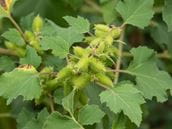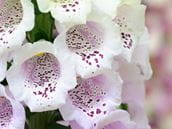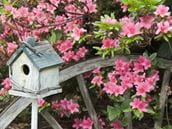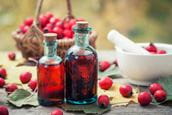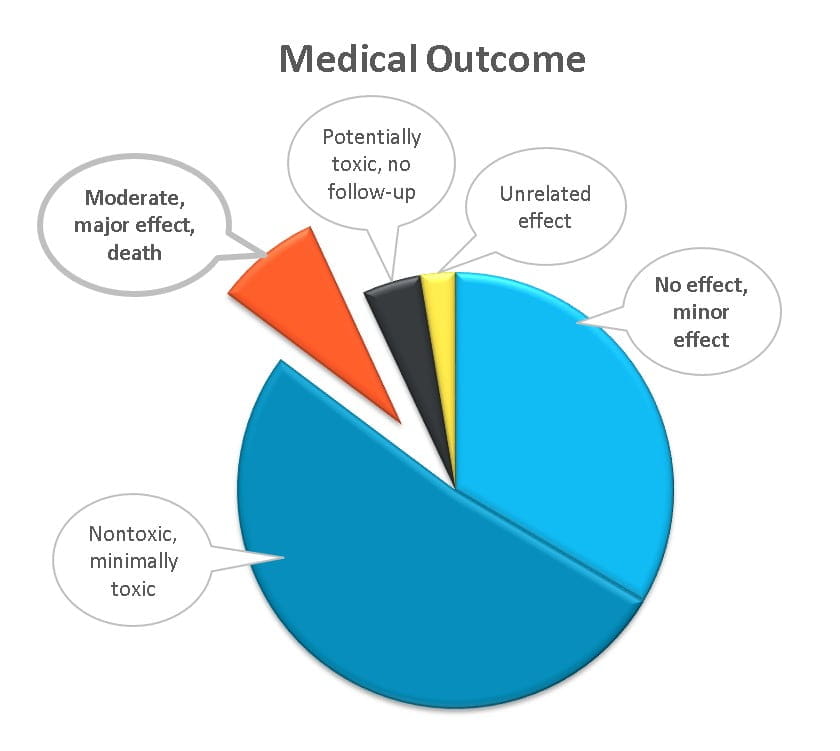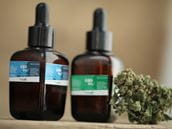
CBD Products
Cannabidiol (CBD) is one of the most studied compounds of the cannabis plant. CBD drew attention when it was shown to stop seizures in a group of patients with a form of epilepsy that does not respond to conventional therapies. Potential benefits of CBD might include anti-inflammatory, immune system, and anti-anxiety effects. A great deal more scientific investigation is needed.


